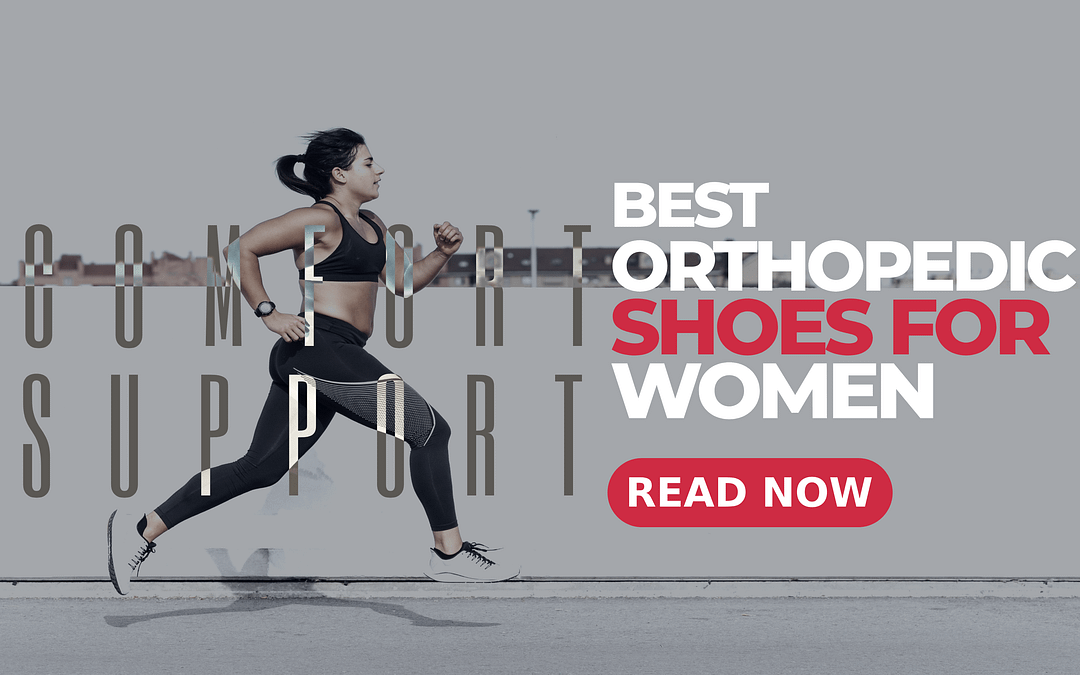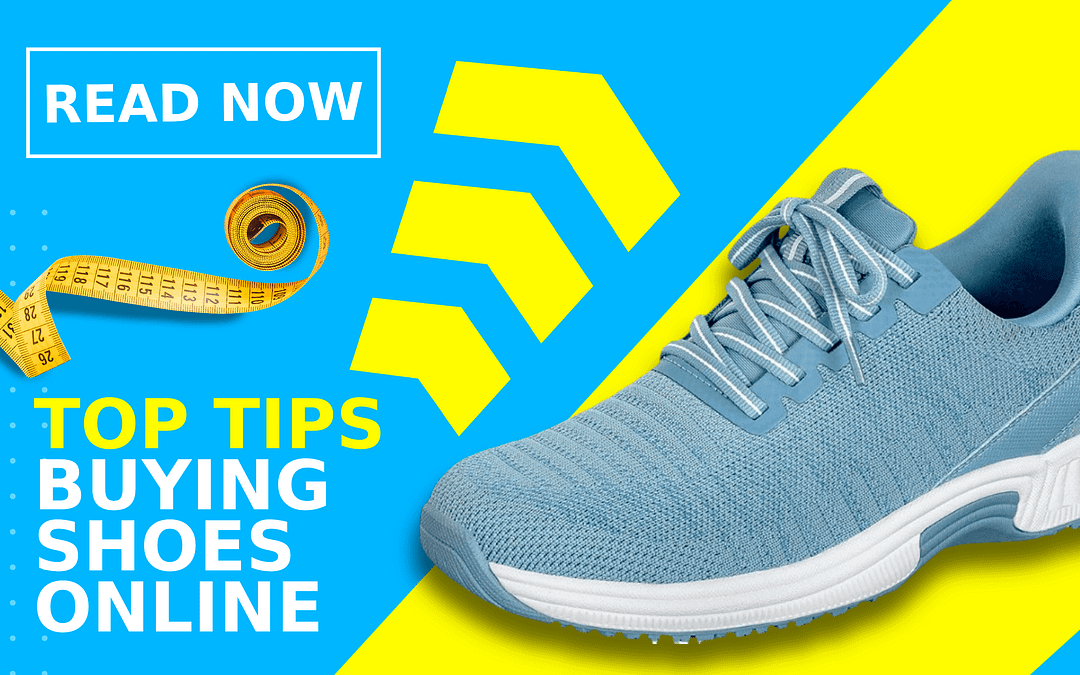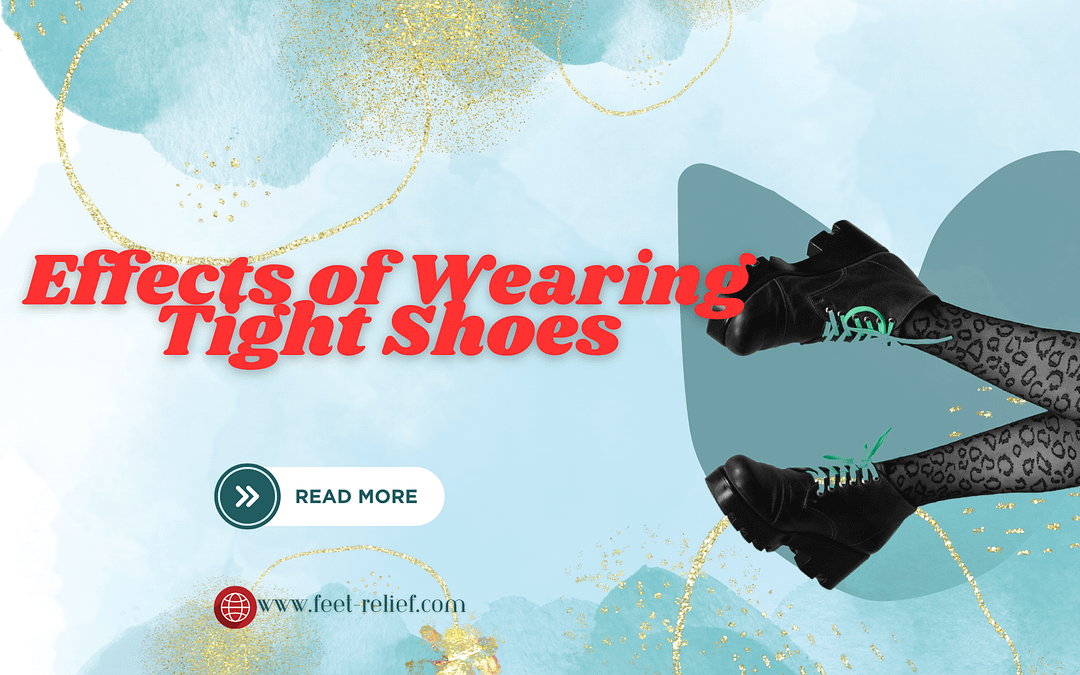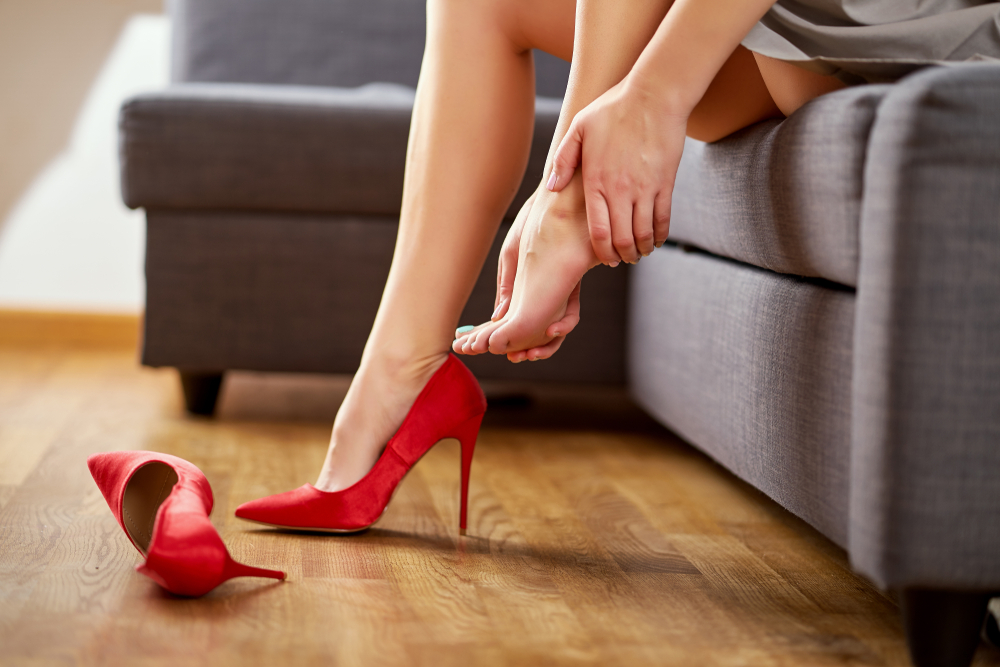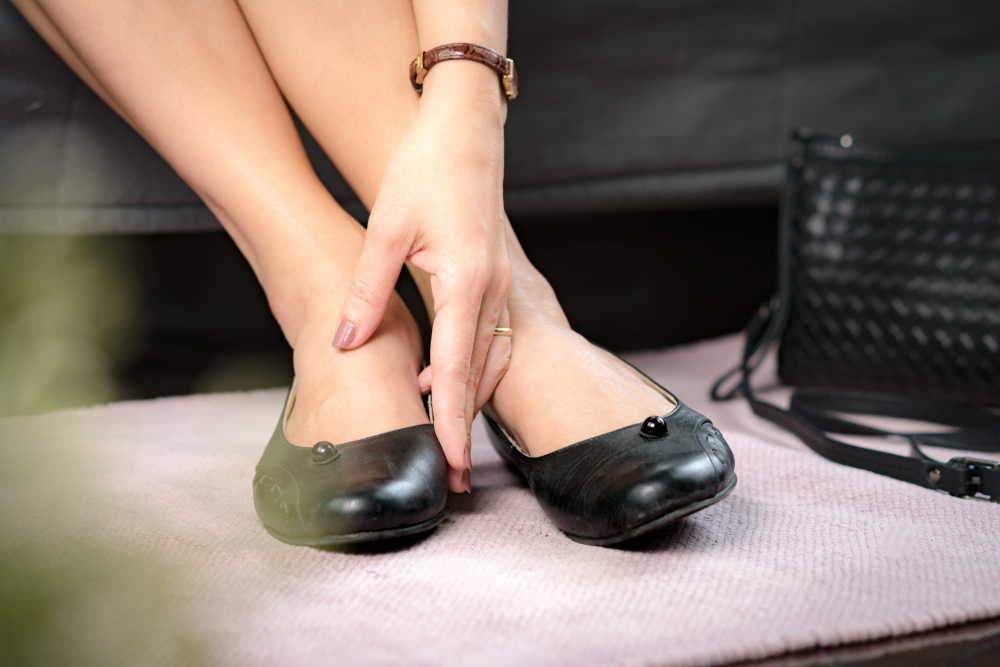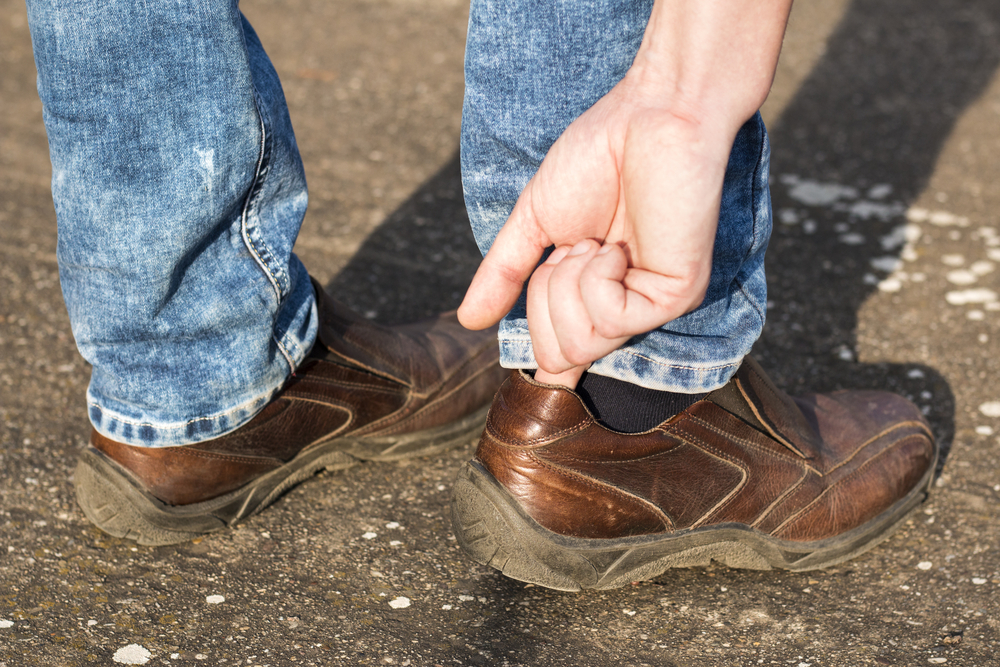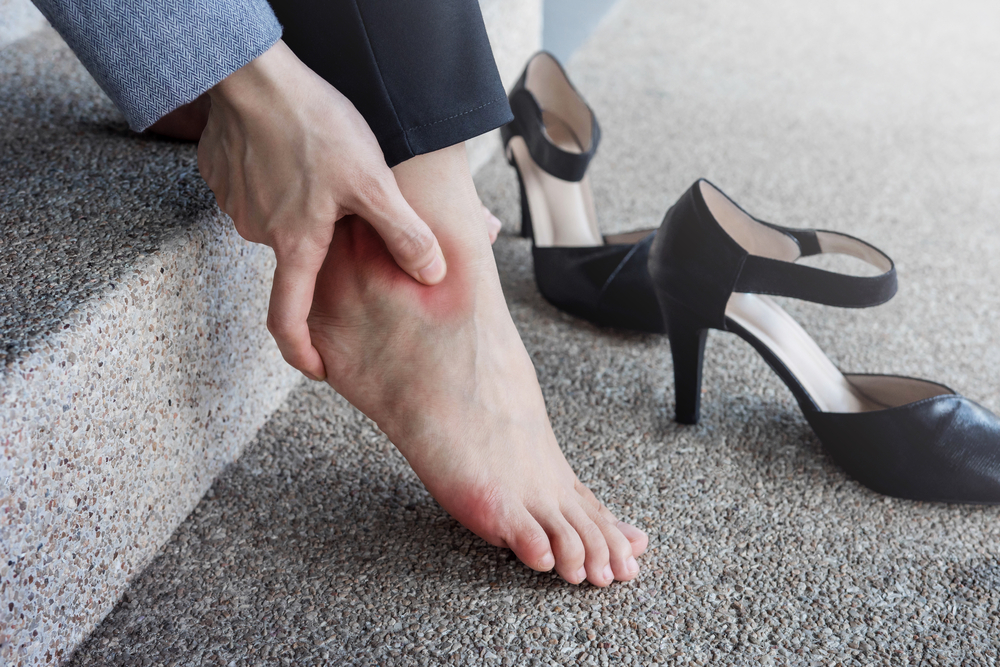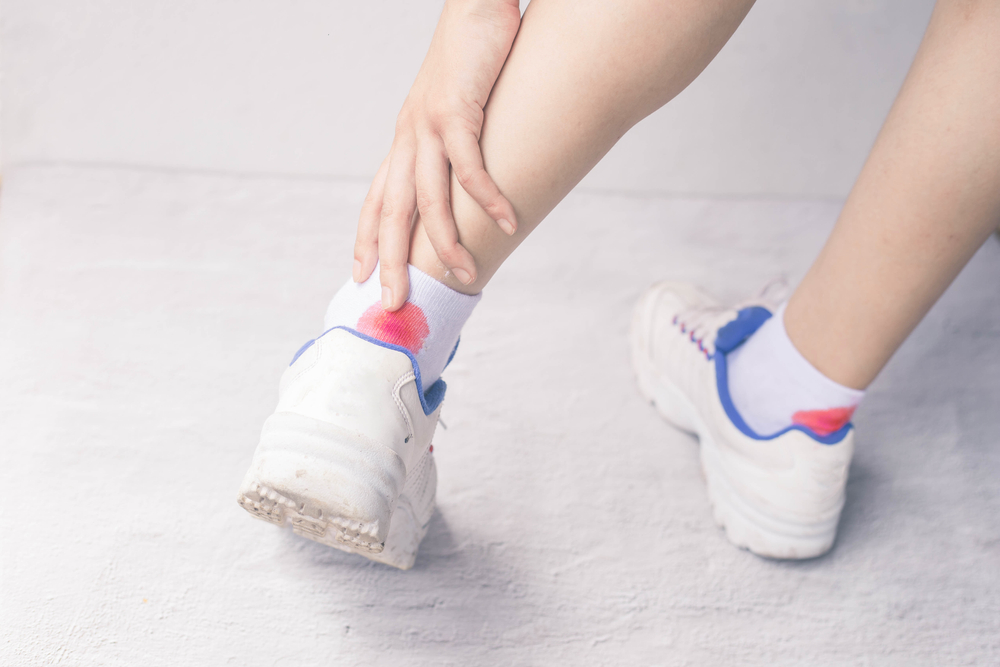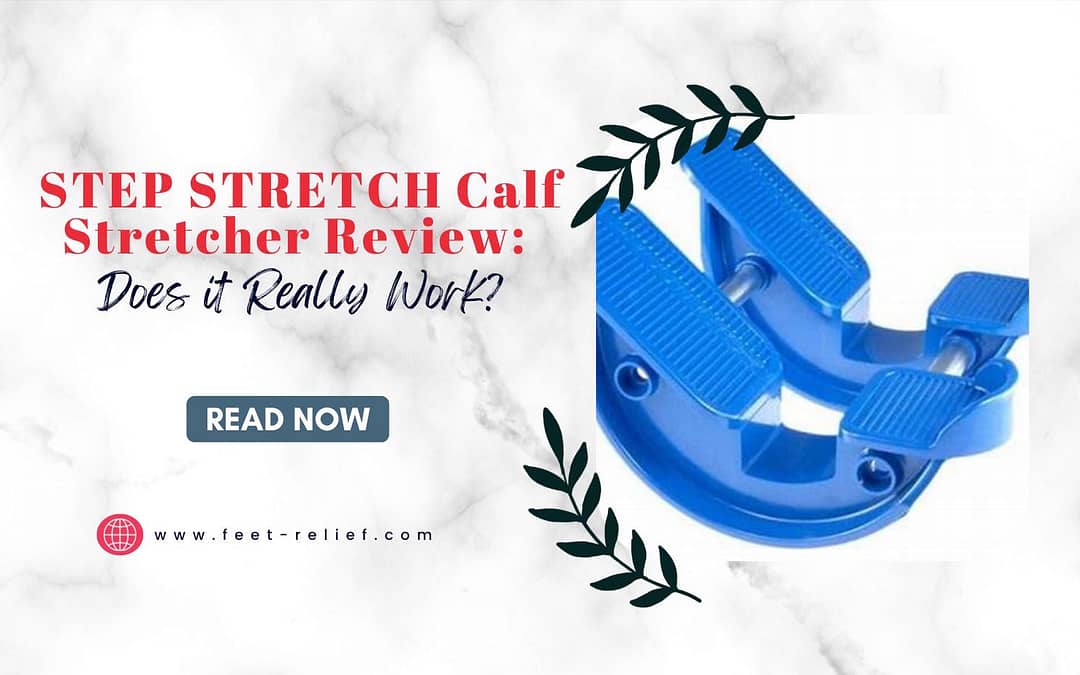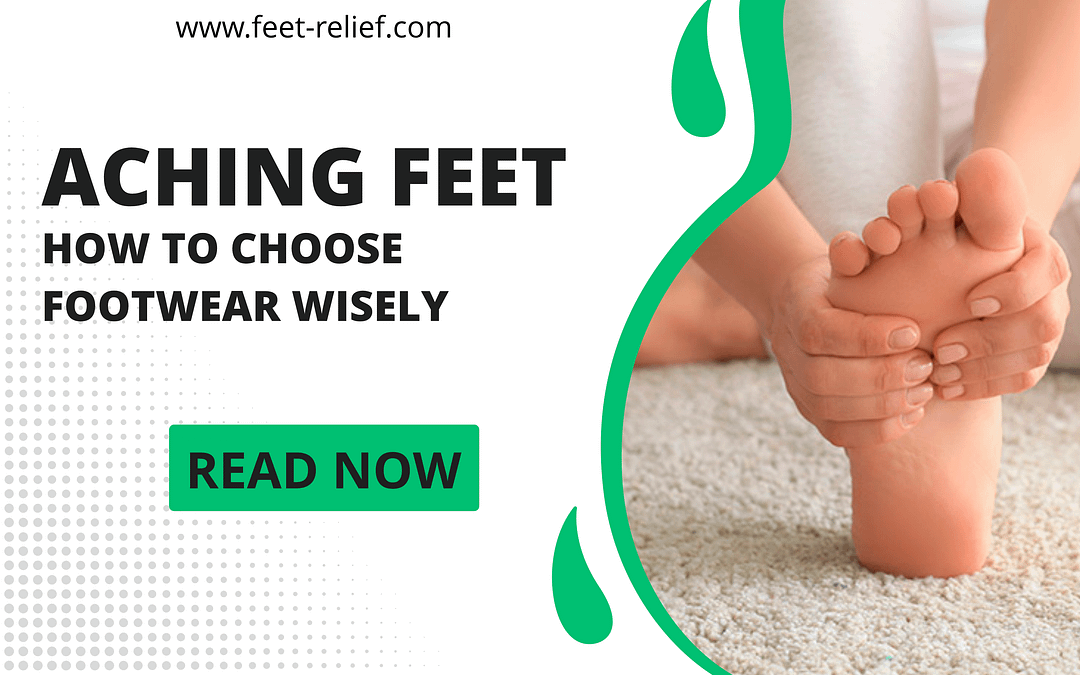
Aching Feet: How To Choose Footwear Wisely
Have you ever experienced the discomfort of aching feet? If you’re nodding in agreement, you’re not alone. Our feet, often the unsung heroes of our daily routines, can be subjected to aches and pains for various reasons.
Finding relief might be as simple as paying a little more attention to what you slip on your feet at home. In this article, we’ll explore the art of choosing home footwear wisely because comfort shouldn’t be a luxury, especially when it comes to those tired and aching feet. Join us on a stroll through the cozy and supportive footwear world, where every step is a step toward soothing your soles.
Aching Feet: A Modern Problem
With the constant hustle, the sedentary nature of desk jobs, and the allure of fashionable yet often uncomfortable footwear, our feet bear the brunt of the stress of our fast-paced existence. The discomfort in our soles is no longer an occasional reminder of a well-spent day but has become a persistent companion for many.
Choose Proper Footwear
Aching feet can feel better when you wear the right shoes. Some people might not know this.
The shoes you wear are like helpers for your feet. They can take foot pain and stop your feet from hurting.
Imagine your feet are like a team. The right shoes are like the captain, leading the team to victory! If the captain is good, the team feels happy.
It’s the same with shoes and your feet. Shoes are your protectors against bacteria and swelling. That’s why knowing the proper choice for your footwear is the best way to ensure your feet stay happy and healthy.
Now, let’s talk about the proper footwear for your aching feet indoors and outdoors so that your feet are protected all day long.
At-Home Footwear
Wearing proper at-home footwear is essential for maintaining foot health as it provides the necessary support and comfort for daily activities within the home. The right house footwear helps distribute weight evenly, reduces strain and aching on the feet, and contributes to overall well-being, ensuring a foundation of comfort and support during relaxation and daily chores.
Slippers with Arch Support
Look for slippers that provide adequate arch support to maintain the natural alignment of your feet. This helps reduce strain and discomfort, especially if you have flat feet or high arches.
Memory Foam Slippers
Slippers with memory foam or cushioned insoles offer a plush and supportive feel. The memory foam contours to the shape of your feet, providing personalized comfort.
Orthopedic Slippers
If you have specific serious foot problems, conditions, or concerns, orthopedic slippers designed with features like extra cushioning, proper arch support, and a wide toe box can offer relief.
Socks with Grips
Opt for socks with non-slip grips on the soles, especially if you walk barefoot and you have hardwood or tile floors. These socks provide traction and reduce the risk of slipping.
Adjustable and Breathable Slippers
Choose slippers with adjustable closures, such as Velcro or adjustable straps, to ensure a secure fit. Additionally, breathable materials like cotton or moisture-wicking fabrics can prevent overheating.
House Shoes with Supportive Soles
Some people prefer wearing indoor shoes with rubber or non-slip soles for added support. Look for options with a flexible sole that allows for natural foot movement.
Footwear for Specific Activities
If you engage in specific activities at home, such as yoga or cooking, consider footwear designed for those purposes. Yoga socks with grip or comfortable kitchen clogs can be suitable choices.
Open-toe or Roomy Slippers
For those who prefer more freedom for their toes, open-toe heels or roomy slippers provide a relaxed fit while still offering support.
Outdoor Footwear
Athletic Shoes with Proper Arch Support
Choose athletic shoes designed for your specific activity, whether it’s walking, running, or hiking.
Look for shoes with adequate arch support to maintain proper foot alignment and reduce strain on the arches.
Cushioned and Shock-Absorbing Soles
Opt for footwear with cushioned insoles and shock-absorbing soles to reduce the impact on your feet, especially during repetitive heel-pounding activities.
Appropriate Shoe Size
Ensure that your outdoor shoes are the right size. Ill-fitting shoes can lead to blisters, heel pain, calluses, discomfort and aching feet. Remember that foot size can change over time, so measure your feet regularly.
Breathable Materials
Choose shoes made from breathable materials to prevent excessive sweating and reduce the risk of developing blisters and fungal infections.
Wide Toe Box
Look for shoes with a wide toe box to allow your toes to spread naturally. This helps minimize pressure points and enhances overall comfort, particularly during long walks or hikes.
Waterproof Options for Wet Conditions
Consider waterproof footwear in wet or rainy conditions to keep your feet dry and comfortable. Wet feet can lead to discomfort and increase the pain and likelihood of blisters.
Proper Ankle Support
For activities that involve lateral movements or walking on uneven terrain, choose footwear with proper ankle support to reduce the risk of sprains and provide stability.
Regular Replacement
Pay attention to the condition of your outdoor footwear and replace them when they show signs of wear and tear. Worn-out shoes may not provide adequate support, leading to discomfort.
Orthopedic Inserts
Consider using orthopedic inserts or custom insoles to enhance arch support, avoid injury, and provide additional cushioning based on your individual foot and ankle structure.
Comfortable Sandals for Casual Outdoor Activities
For casual outdoor activities, consider comfortable sandals with arch support. Look for designs that offer stability and cushioning for prolonged wear.
Serious Pain, Consult a Professional
If you have experienced a serious foot injury or persistent foot pain, it is crucial to consult with a healthcare professional for a proper diagnosis and treatment. A healthcare professional specializing in podiatry or orthopedics, such as a podiatrist or orthopedic surgeon, would be the appropriate choice.
Your doctor may suggest you undergo physical therapy or suggest lifestyle changes. Ultimately, a licensed professional will be the perfect man for the job of helping deal with serious foot pain.
Video Credits: Bob & Brad
Aching Feet Not A Problem
Say goodbye to the woes of aching feet. It’s time to stride through life in comfort and ease! The discomfort of tired and sore feet is a common concern, but with a little TLC and the right approach, you can transform your daily steps into a pain-free journey.
Remember that self-diagnosis and self-treatment may not be sufficient for serious foot injuries, and delay in seeking professional help can lead to problems. If you experience symptoms such as intense pain, swelling, inability to bear weight, or any signs of infection, it’s important to seek prompt medical attention.
FAQs
Why Is Proper Footwear Important for Foot Health and Preventing Aching Feet?
Proper footwear is crucial for foot health, providing support, cushioning, and stability. Well-fitted shoes with the right arch support and features can prevent various foot problems, including pain, blisters, and deformities.
How Often Should I Replace My Footwear?
The lifespan of footwear depends on factors like usage, activity level, and shoe type. Generally, athletic shoes may last 300-500 miles, while everyday shoes may last 6-12 months. Inspect your shoes regularly and replace them when signs of wear and tear appear.
What Should I Consider When Choosing Shoes for a Specific Activity?
Consider the type of activity, your foot arch, and any specific foot conditions. Choose shoes designed for the activity with features like proper arch support, cushioning, and stability.
Can the Wrong Shoe Size Cause Aching Feet and Foot Problems?
Yes, ill-fitting shoes can lead to various foot problems, including blisters, bunions, and ingrown toenails. It’s important to measure your feet regularly and choose shoes that provide enough room for comfort.
Are High Heels Bad for Foot Health and Causing Aching Feet?
Prolonged use of high heels can contribute to foot issues such as bunions, hammertoes, and calf pain. Limiting high-heel use and opting for shoes with lower heels and proper support for daily wear is advisable.
Can Wearing Flip-Flops or Sandals Cause Foot Problems and Aching Feet?
Extended use of flip-flops or sandals without proper support can lead to issues like arch pain and plantar fasciitis. Look for options with arch support and cushioning for better foot health.
Are There Specific Shoes for People With Certain Foot Conditions?
Yes, individuals with specific foot conditions like flat feet or plantar fasciitis may benefit from shoes designed to address their needs. Consult with a healthcare professional for personalized recommendations.
Can Going Barefoot Help With Foot Pain?
Going barefoot can offer relief for some people experiencing foot pain, as it allows the feet to move more naturally and strengthens the muscles. However, it’s essential to consider individual preferences, foot conditions, and the environment to ensure that going barefoot is a suitable and safe option. Consulting with a healthcare professional is advisable for personalized advice on managing foot pain.
Learn What’s Best For Your Feet!
Learn what’s best for your feet with Feet Relief! We offer an array of tips and tricks for foot care and relief.
For a deeper dive into foot health, visit our website: feet-relief.com.
Your journey towards happy, healthy feet starts here!
Read More
Natural Remedies for Plantar Fasciitis: Expert Solutions for Pain Relief









